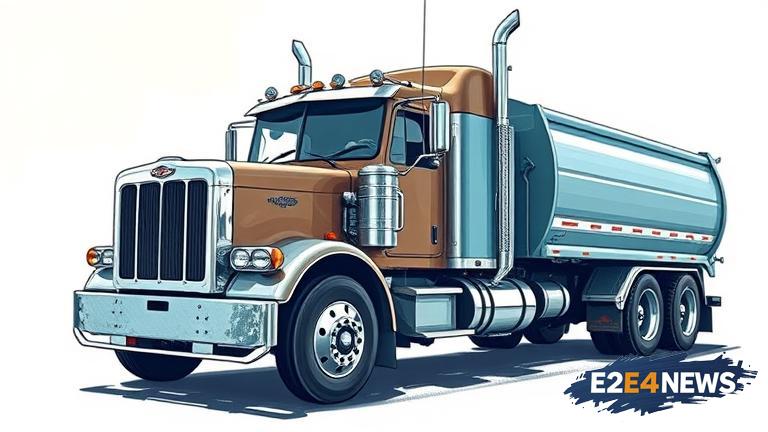The automotive industry is undergoing a significant transformation with the increasing adoption of electric vehicles (EVs). However, internal combustion engine (ICE) trucks will still have an important role to play in the industry for many years to come. This is because ICE trucks offer several advantages, including longer driving ranges, faster refueling times, and lower upfront costs. Additionally, the infrastructure for ICE trucks is already well-established, with a vast network of fueling stations and maintenance facilities. In contrast, the charging infrastructure for EVs is still in the process of being developed. Furthermore, ICE trucks are better suited for certain applications, such as long-haul trucking and construction, where the heavy loads and demanding operating conditions require the power and torque that ICE trucks can provide. Moreover, the development of more efficient and cleaner ICE technologies, such as hybrid and hydrogen fuel cell systems, will help to reduce the environmental impact of ICE trucks. The use of alternative fuels, such as biodiesel and compressed natural gas, can also help to reduce greenhouse gas emissions from ICE trucks. Many manufacturers, including major players such as Daimler and Volkswagen, are continuing to invest in the development of ICE trucks, with a focus on improving efficiency, reducing emissions, and enhancing performance. In fact, some manufacturers are predicting that ICE trucks will remain the dominant technology for the next decade or more. This is because the transition to EVs will take time, and ICE trucks will continue to be the preferred choice for many fleets and operators. The cost of EVs is also a significant barrier, with many fleets and operators unable to afford the higher upfront costs of EVs. However, as the cost of EVs comes down and the charging infrastructure improves, we can expect to see a gradual shift towards EVs. Nevertheless, ICE trucks will still have a vital role to play in the industry, particularly in areas where the charging infrastructure is limited or non-existent. The maintenance and repair of ICE trucks is also a significant industry, with many businesses relying on the servicing and maintenance of ICE trucks for their livelihood. In addition, the development of autonomous ICE trucks is also an area of significant research and investment, with many manufacturers and technology companies working on the development of autonomous ICE truck systems. The use of ICE trucks in emerging markets, such as Africa and Asia, is also expected to continue, where the lack of charging infrastructure and the high cost of EVs make ICE trucks the preferred choice. Overall, while the rise of EVs is undeniable, ICE trucks will continue to play a vital role in the automotive industry for many years to come. The industry is expected to see a gradual transition towards EVs, but ICE trucks will remain an important part of the mix. As the technology continues to evolve, we can expect to see more efficient, cleaner, and more powerful ICE trucks, which will help to reduce the environmental impact of the industry. In conclusion, the importance of ICE trucks in the automotive industry should not be underestimated, and they will continue to play a vital role in the industry for many years to come. The development of more efficient and cleaner ICE technologies, the use of alternative fuels, and the improvement of the charging infrastructure will all help to reduce the environmental impact of ICE trucks. As the industry continues to evolve, we can expect to see a mix of ICE trucks and EVs, with each technology playing to its strengths. The future of the automotive industry is exciting and uncertain, but one thing is clear: ICE trucks will continue to be an important part of the industry for many years to come.





